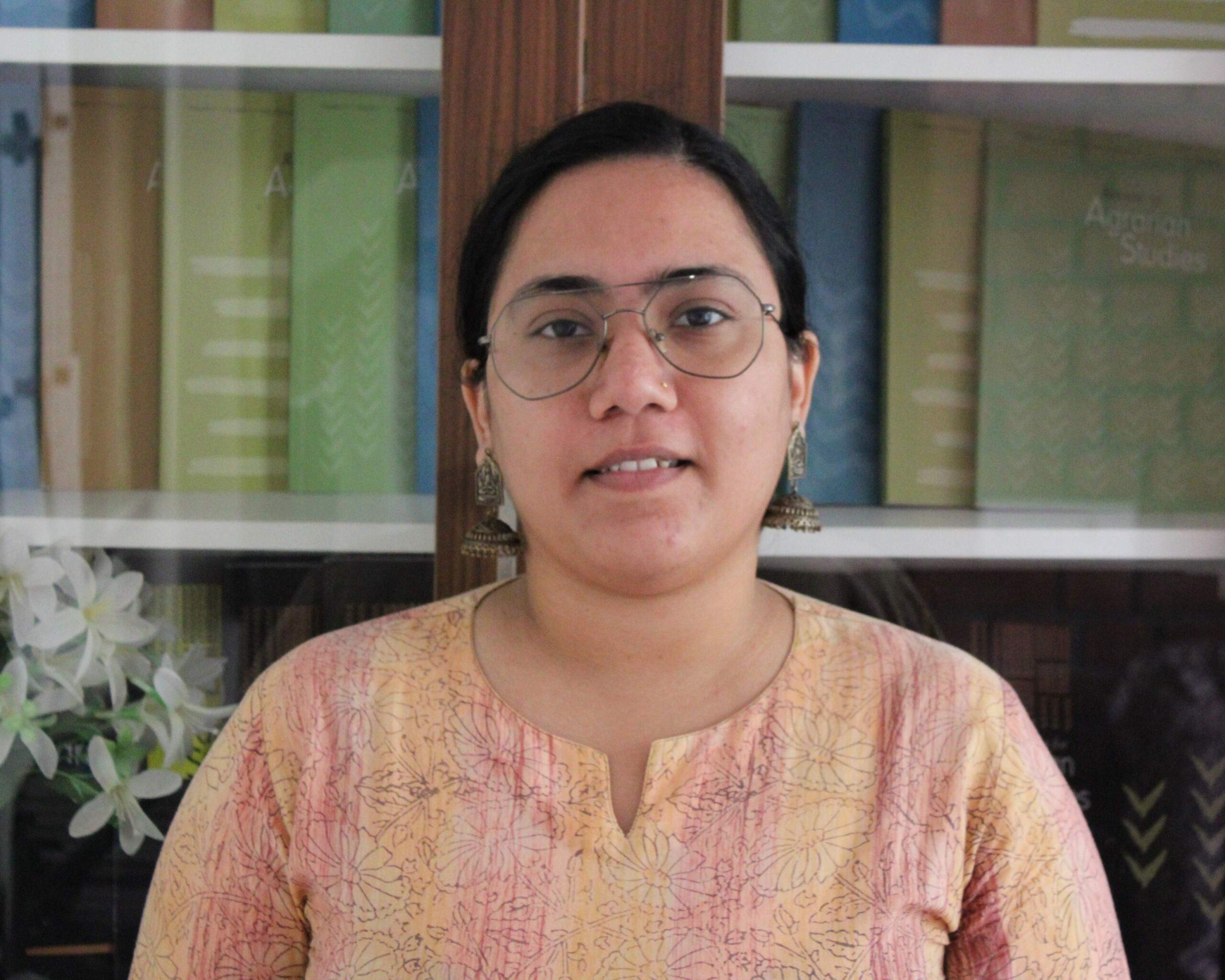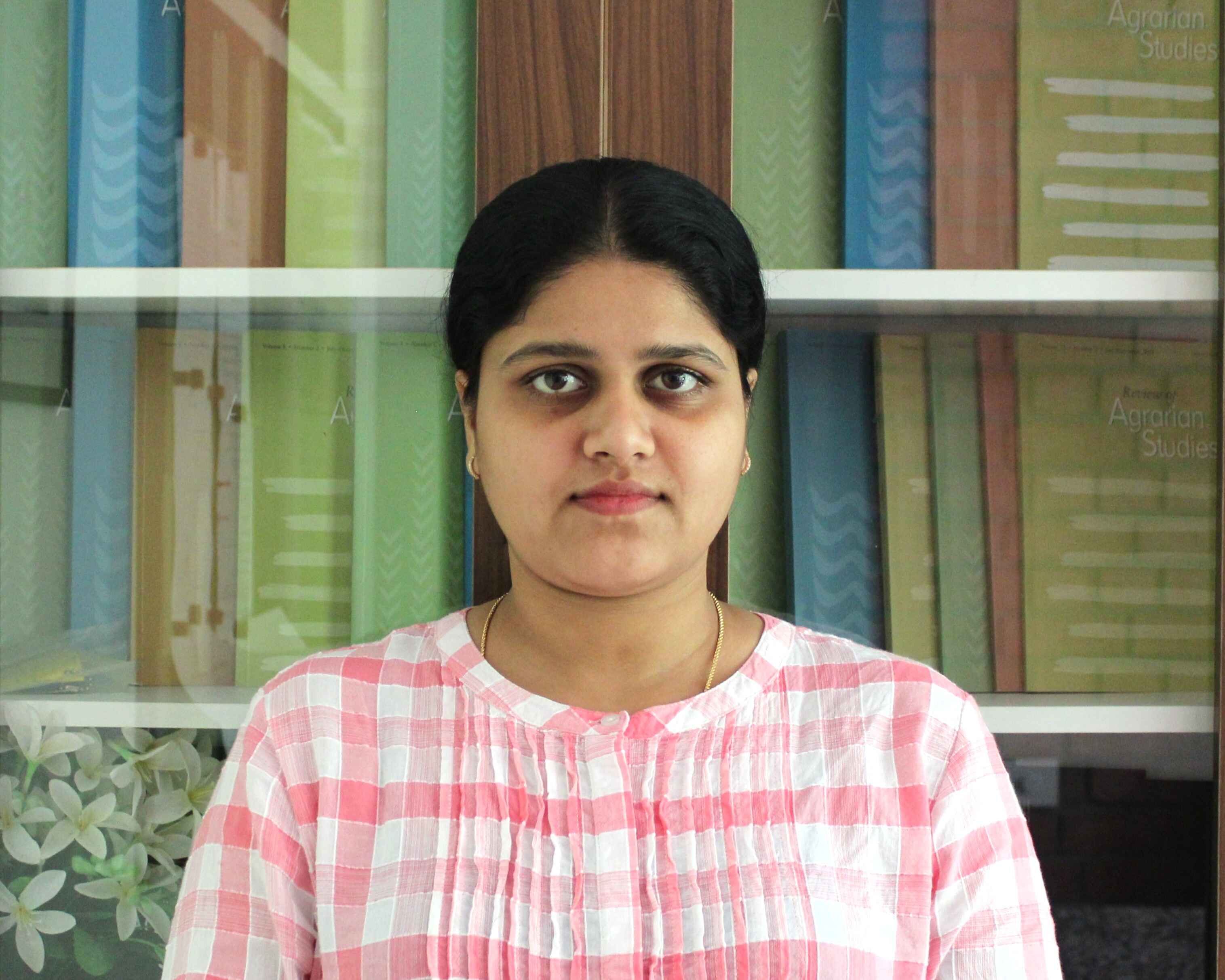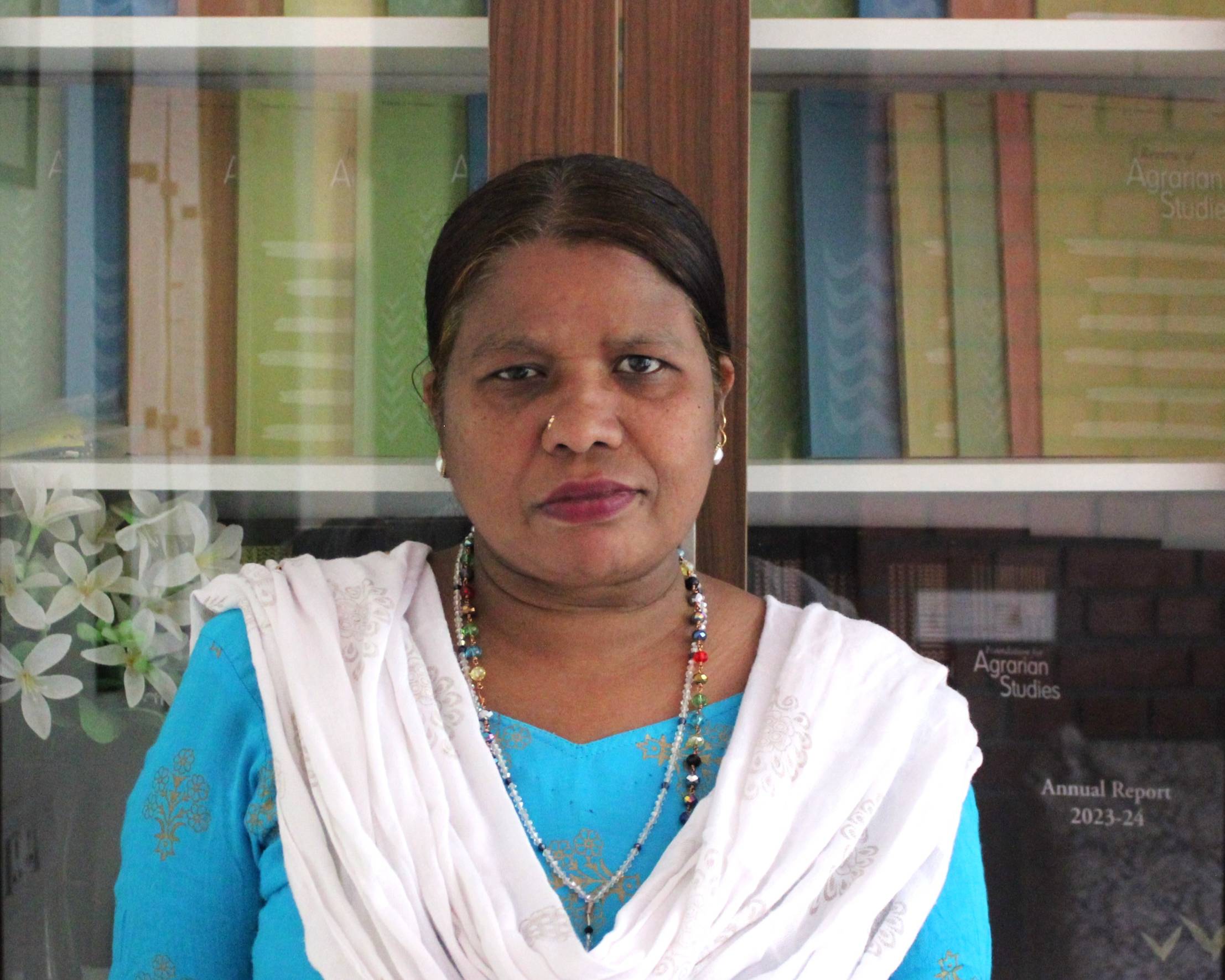Potato prices are volatile. In January 2018, because of very low prices, potato farmers abandoned their produce in large numbers in villages of Uttar Pradesh. Some farmers even dumped their produce in front of the Uttar Pradesh Chief Minister’s residence to register their protest.
There is no minimum support price (MSP) for potato at the national level. Because they are aware of the degree of price fluctuation, State Governments – Uttar Pradesh in particular – have taken initiatives in the past to intervene in potato markets so as to provide some relief to small producers. Specifically, through the market intervention scheme or MIS, a market intervention price is fixed by the State Government at which the produce is purchased from farmers.
The objective of a market intervention scheme (MIS) is to protect farmers from distress sales caused by a price crash after a bumper crop. If there is either a 10 per cent increase in production or a 10 per cent reduction in market prices over the previous year, a State Government can approach the Union Government for implementing MIS. The costs of procuring a fixed quantity of agricultural produce at a fixed price, termed the market intervention price (MIP), are shared by the Union and State Governments. Once approved by the Union Government, the State Government purchases produce directly from farmers for a limited period, usually one month in the case of potato.
Uttar Pradesh is the largest producer of potato in India. The State of Uttar Pradesh also has regularly implemented MIS for potato. It is the only State to have implemented MIS for potato every year from 2010-11 to 2014-15. In 2014-15, Uttar Pradesh produced 148 lakh tonnes of potato, accounting for around 31 per cent of the total production in India. Government purchase of potato under the MIS, however, was limited to a mere 1 lakh tonnes of potato from 2010-11 to 2014-15. In 2014-15, the quantity purchased by the Government of Uttar Pradesh was 0.7 per cent of the total quantity produced in the State. In comparison, rice and wheat, two major crops that have MSPs at the national level, saw a procurement of around 30 per cent of the total production in 2014-15 at the all-India level.

Figure 1 shows market intervention price (MIP) declared by the Government of Uttar Pradesh along with three cost of production measures. The cost of production A2 consists of all paid-out costs (which includes value of seed, insecticides and pesticides, manure, fertilizer, etc.). Cost A2+FL consists of cost A2 and the imputed value of family labour. The cost of production C2 includes all the above-mentioned costs and interest on owned capital assets and rental value of owned land. These data are collected under the Comprehensive Scheme for Study of Cost of Cultivation of Principal Crops and are published with a three-year lag.
As Figure 1 shows, MIP was lower than cost C2 in four years (from 2011-12 to 2014-15), lower than cost A2+FL in three years (from 2012-13 to 2014-15), and lower than cost A2 in two years (2013-14 and 2014-15). MIP covered only 83 per cent of A2 and 60 per cent of cost C2 in 2014-15. Only in 2010-11, the MIP was greater than all three cost measures – A2, A2+FL, and C2. It can be seen that MIP fixed by Uttar Pradesh Governments has not risen at the rate of increase in cost of production of farmers. Though publicised as a measure to protect farmers from “making distress sale… when prices tend to fall below economic levels and cost of production,” MIP has not provided even cost of production to farmers in most cases.
The most recent instance of implementation of MIS for potato in Uttar Pradesh was 2016-17. The Union Government approved the proposal of the Government of Uttar Pradesh to purchase 1 lakh tonnes of potato at the rate of Rs 487 per quintal. An additional amount, up to Rs 121.75 per quintal, was provided for actual expenses incurred in transportation charges, mandi tax, and godown tax. It was announced on April 11, 2017. The average modal price for potato in Agra mandi (one of the biggest potato markets in Uttar Pradesh) was Rs 398 per quintal in April and Rs 372 per quintal in May. None of the days in these two months had the daily modal price greater than the MIP[1]. So, in 2016-17 MIP had no effect on market prices. This year, that is 2017-18, MIS for potato has not been announced yet despite protests by farmers.
The Union Budget 2018-19 has set aside Rs 500 crore for “Operation Greens” to “promote Farmer Producers Organizations (FPOs), agri-logistics, processing facilities and professional management” in vegetables sector, specifically for tomato, onion, and potato. However, it is not clear how “Operation Greens” would benefit potato farmers in terms of price.
Two features of market intervention schemes are to be noted: (1) the quantity of potato purchased by the Government of Uttar Pradesh amounts to only a tiny share of total production and (2) potato was purchased from farmers at a price lower than even the paid-out costs of farmers. Not surprisingly, such interventions have failed to ensure reasonable stable prices to potato farmers.
To ensure a better price for potato farmers’ produce, the government must either ensure a minimum support price for potato, or implement a market intervention scheme in which the quantity purchased is large enough to influence market prices.
[1] Demonetisation has made the situation worse, particularly in 2016-17. An analysis by Kabir Agarwal showed that potato prices continued to remain at a very low level after demonetisation and this has continued to the current year.
About the author
Deepak Johnson is a JSPS Postdoctoral Researcher at the Institute of Economic Research, Hitotsubashi University.












































































